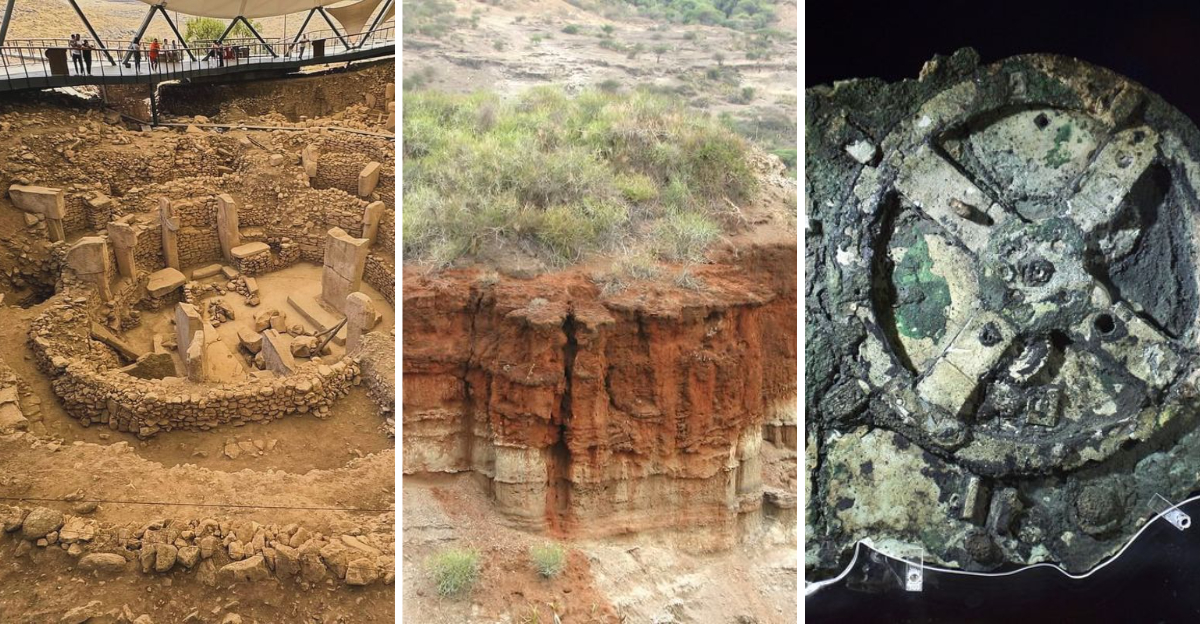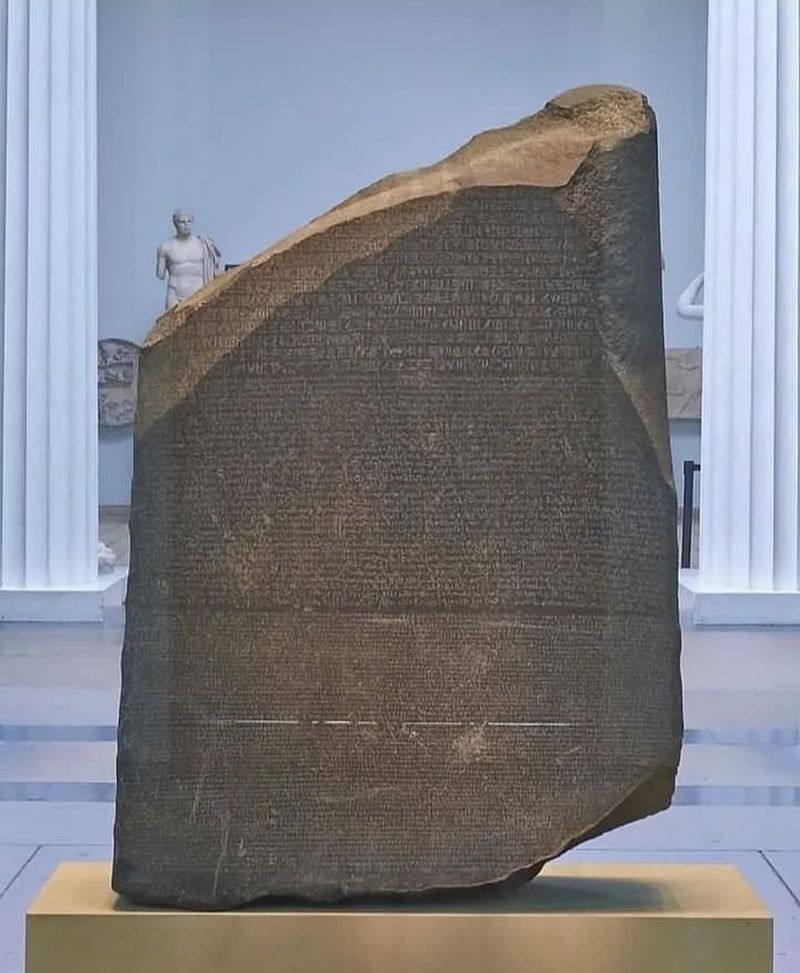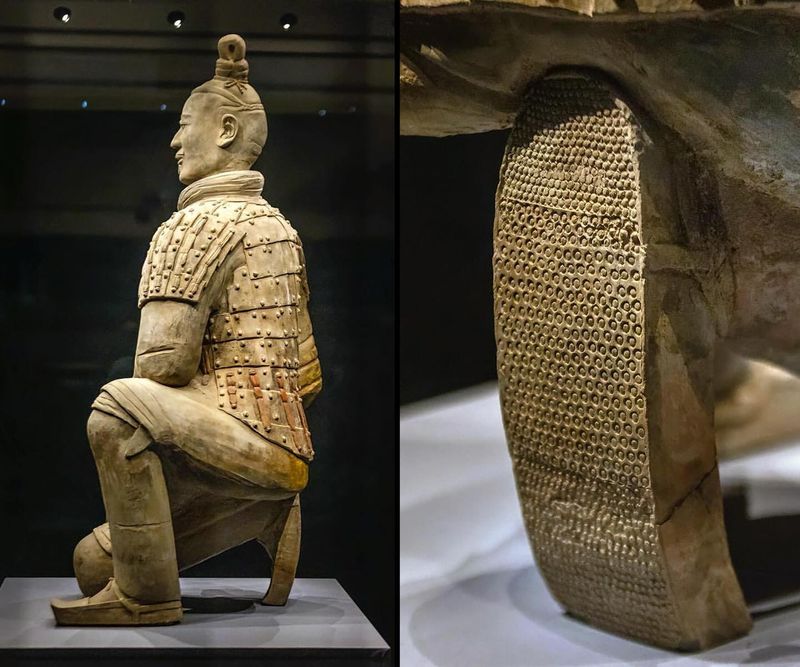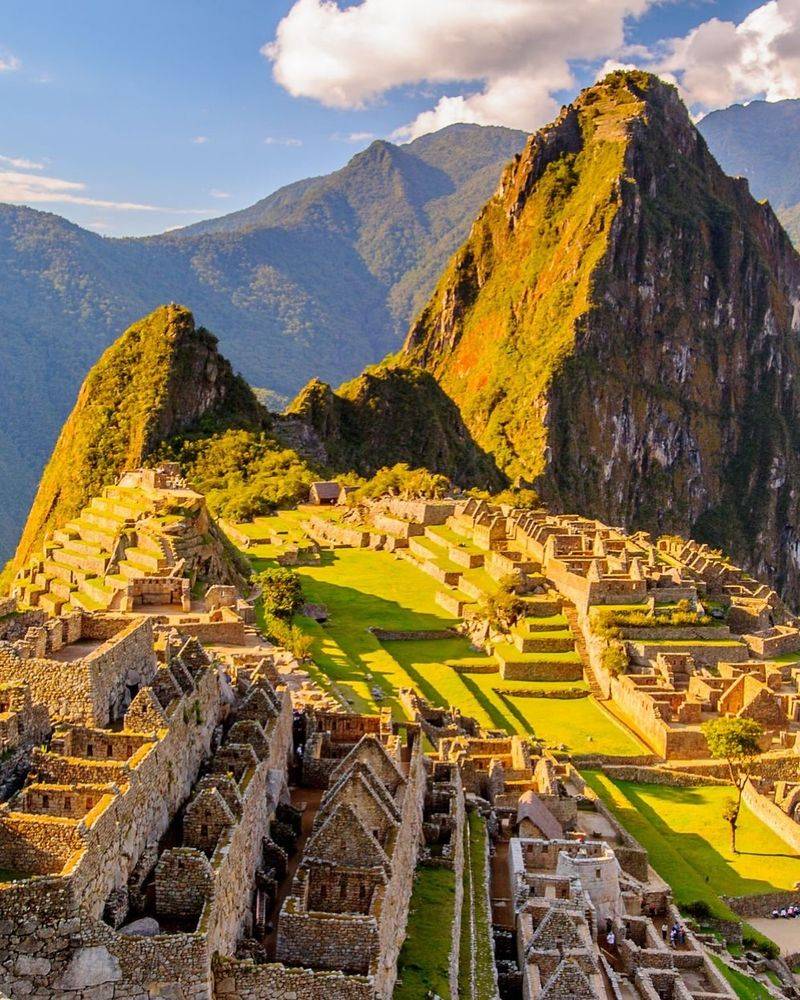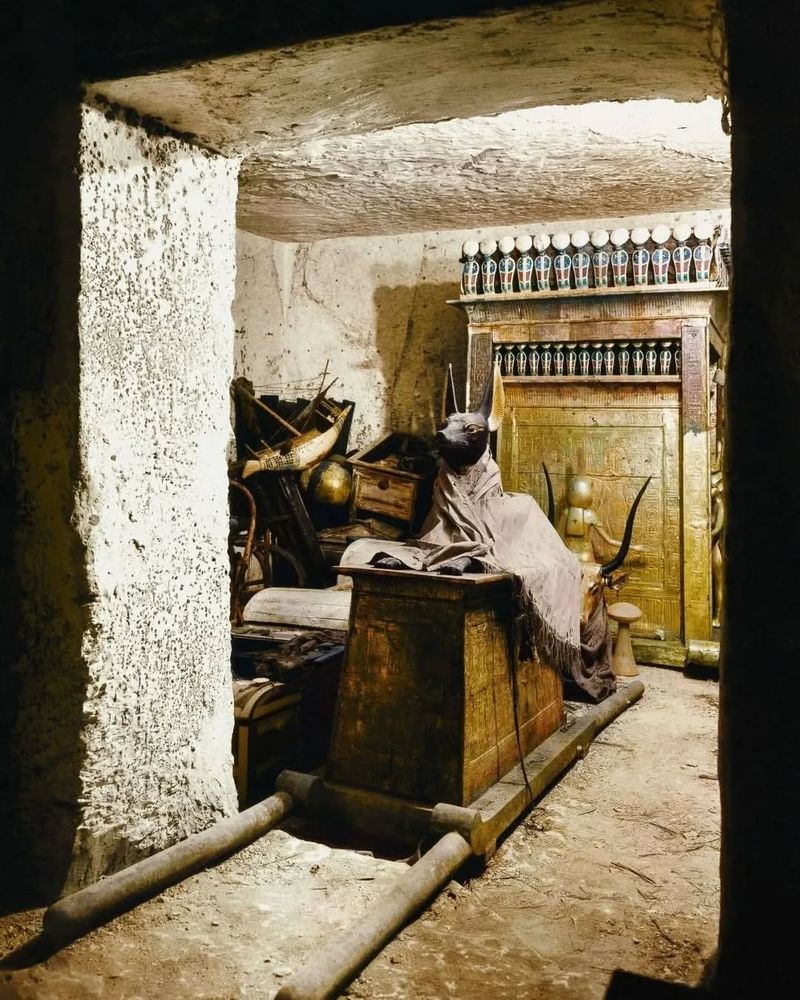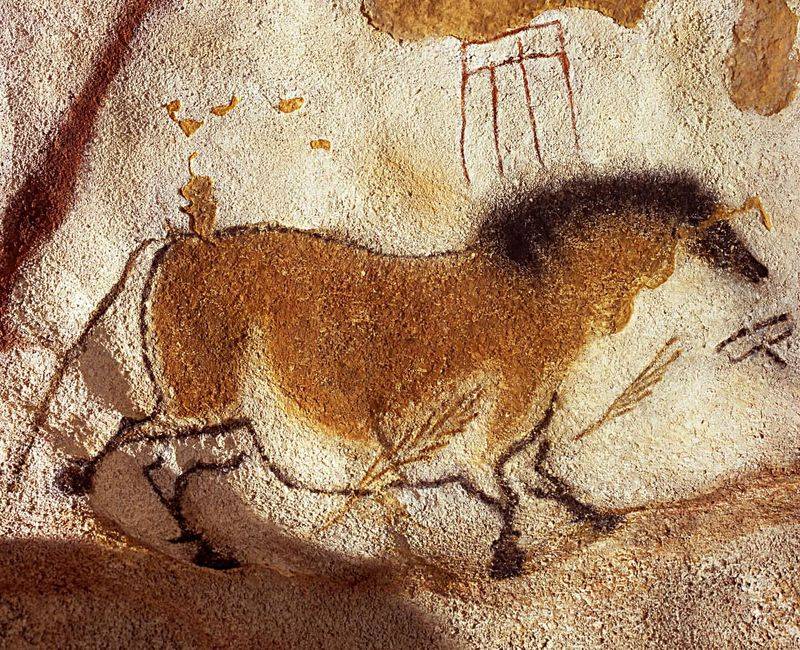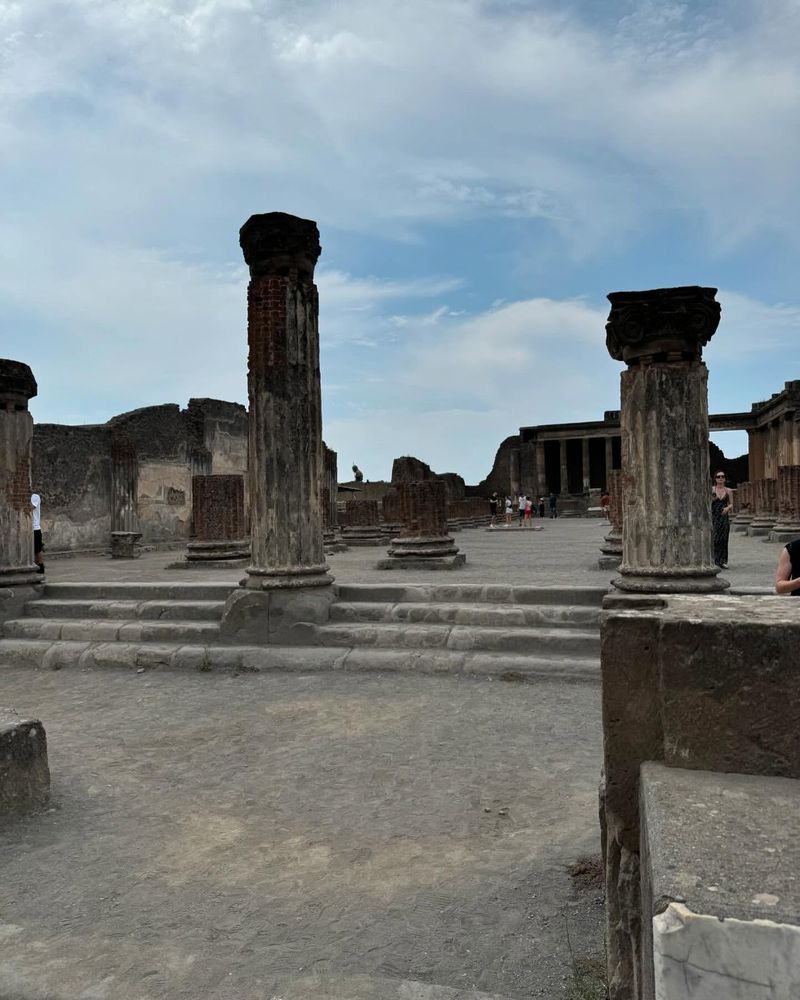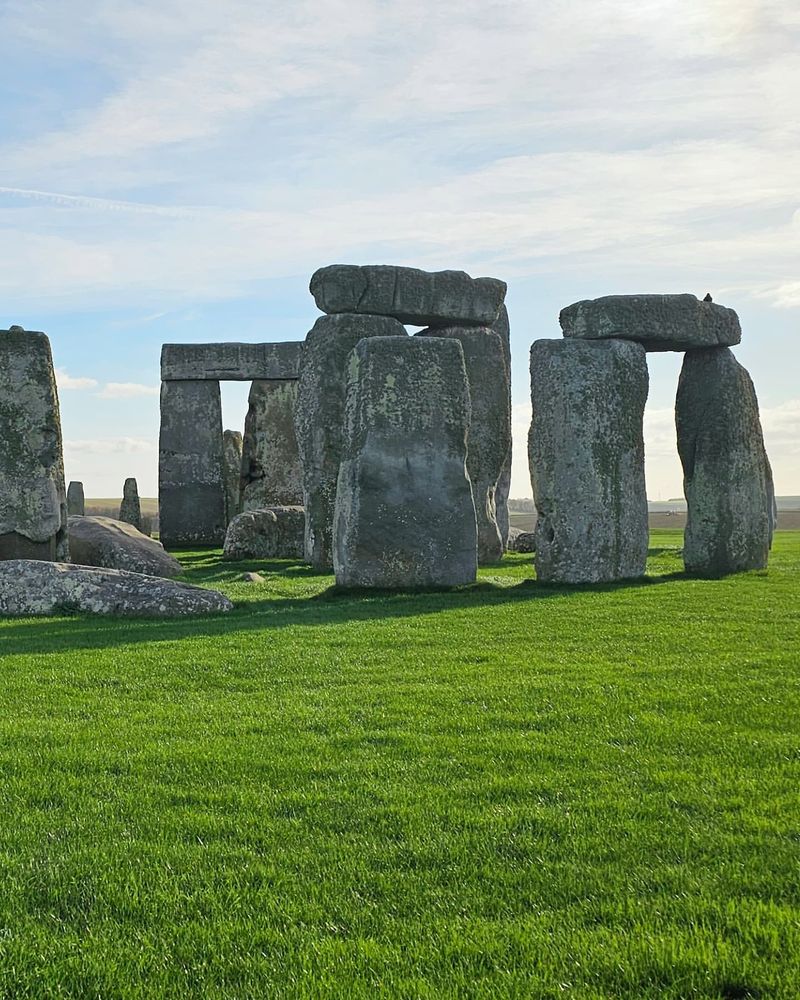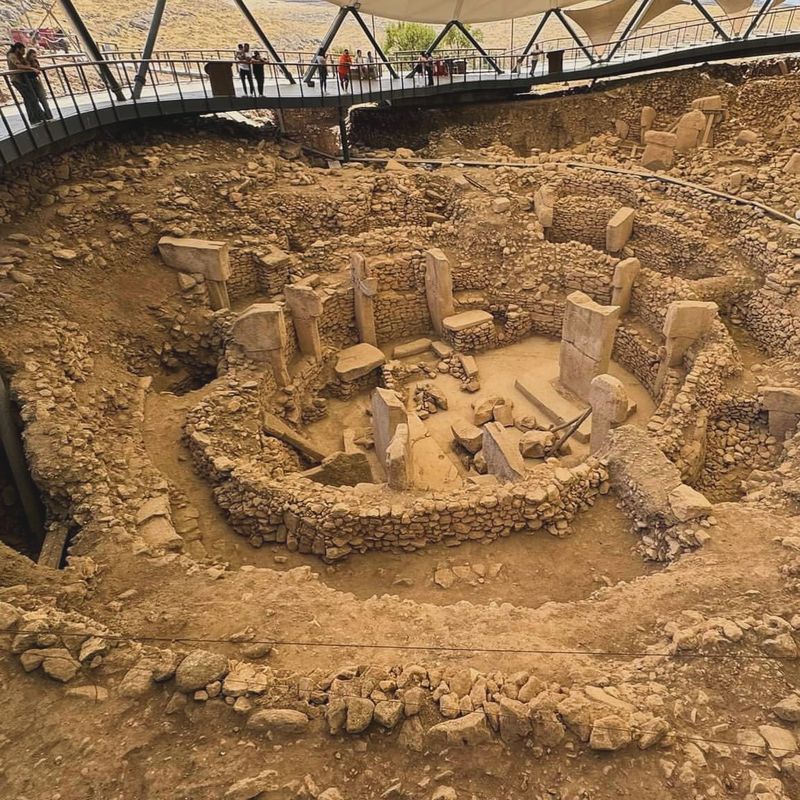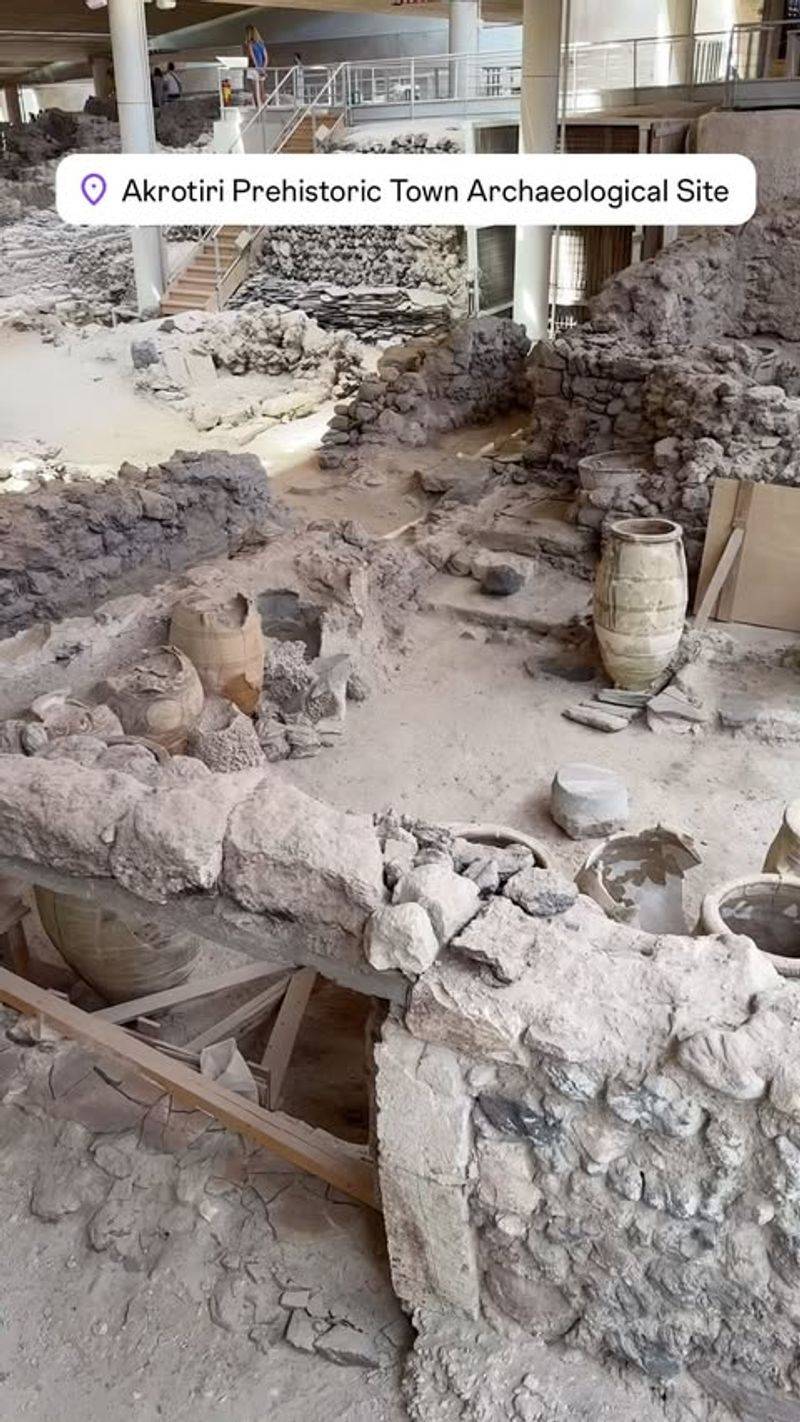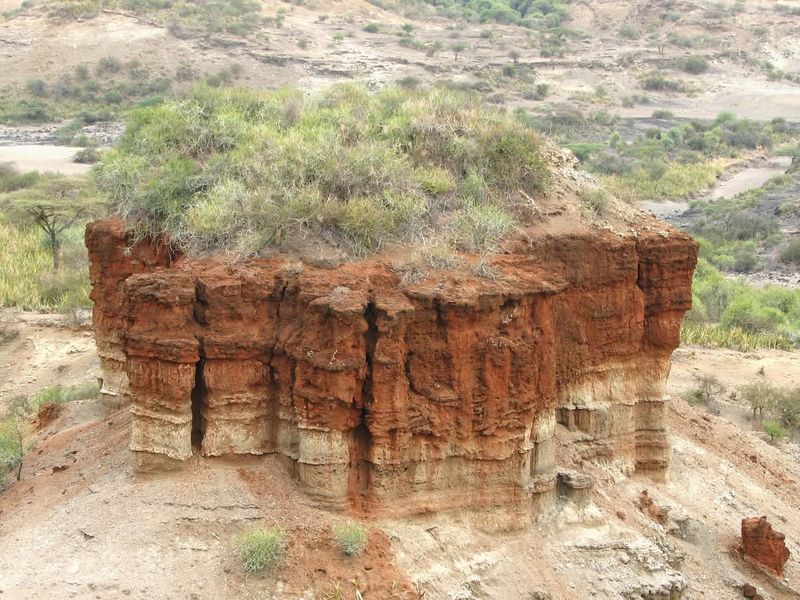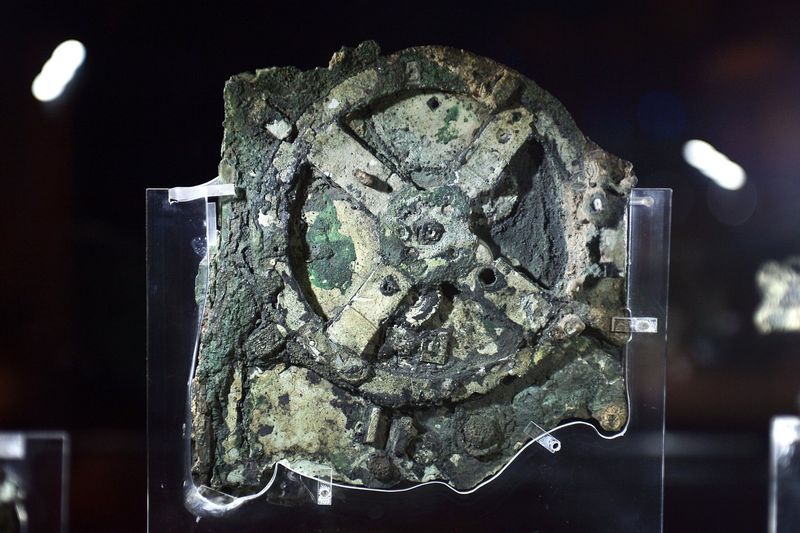Throughout history, archaeology has unveiled hidden secrets of ancient civilizations, redefining our understanding of human history. From mysterious artifacts to ancient cities, each discovery offers a glimpse into cultures long past, reshaping historical narratives and connecting us to our ancestors.
The Rosetta Stone
The Rosetta Stone, discovered in 1799 in Egypt, revolutionized our understanding of ancient Egyptian civilization. This granodiorite stele is inscribed with the same text in Egyptian hieroglyphs, Demotic script, and Ancient Greek.
Its discovery allowed scholars, for the first time, to decipher Egyptian hieroglyphs. No longer a mystery, the language revealed secrets of the ancient world, shedding light on religion, governance, and daily life in Egypt.
This breakthrough not only advanced the field of Egyptology but also inspired greater interest in archaeology, encouraging explorations of other ancient languages and cultures.
Terracotta Army
In 1974, farmers in Xi’an, China, unearthed a vast army of terracotta warriors buried alongside the first Emperor of China, Qin Shi Huang. This discovery has captivated historians and archaeologists alike.
Over 8,000 life-sized statues depict a full army, including soldiers, horses, and chariots, showcasing the emperor’s power and the sophistication of ancient Chinese artistry.
Each figure is unique, highlighting individualism within the grand army. The site reveals insights into the political and military practices of ancient China, as well as the emperor’s ambition for immortality.
Machu Picchu
High in the Andes Mountains of Peru lies Machu Picchu, an Inca city rediscovered in 1911 by Hiram Bingham. This breathtaking archaeological site offers a glimpse into Inca civilization at its peak.
The city’s sophisticated dry-stone construction, including temples, terraces, and plazas, exemplifies Inca engineering skills and religious devotion.
Machu Picchu’s rediscovery ignited global fascination with Inca culture, highlighting their architectural ingenuity and agricultural prowess. Its preservation has become a symbol of cultural heritage and conservation efforts worldwide.
Tutankhamun’s Tomb
The discovery of Tutankhamun’s tomb in 1922 was one of the most significant archaeological finds of the 20th century. This untouched tomb, filled with treasures, provided unparalleled insight into ancient Egyptian life and death rituals.
The treasures, including the iconic golden mask, revealed the opulence of pharaonic Egypt. Artifacts, inscriptions, and the boy king’s mummified remains helped to better understand the period’s religious beliefs and artistic achievements.
This discovery captured the public’s imagination, sparking a global fascination with Egyptology and the mysteries of ancient Egypt.
Dead Sea Scrolls
The Dead Sea Scrolls, discovered between 1947 and 1956 in the Qumran Caves, are among the most significant biblical archaeological finds. These ancient Jewish texts date from the third century BCE to the first century CE.
Containing religious manuscripts, including the oldest known copies of the Hebrew Bible, the scrolls have transformed our understanding of early Judaism and Christianity.
The discovery has sparked scholarly debate regarding biblical text authenticity, preservation, and interpretation, influencing religious and historical scholarship profoundly.
Lascaux Cave Paintings
In 1940, the discovery of Lascaux Caves in France revealed prehistoric art dating back around 17,000 years. The cave walls are adorned with nearly 600 paintings of animals, human figures, and abstract signs.
These striking works of art offer insight into the lives and beliefs of early humans, showcasing their artistic talent and understanding of the natural world.
Lascaux has become a symbol of the creativity and cognitive development of prehistoric societies, and its preservation is crucial for understanding humanity’s artistic heritage.
Pompeii Ruins
Pompeii, an ancient Roman city near modern-day Naples, was buried in volcanic ash from Mount Vesuvius’s eruption in AD 79. Rediscovered in 1748, it offers an extraordinary window into Roman life.
The city’s preserved buildings, streets, and frescoes provide unparalleled insights into the social, economic, and cultural aspects of Roman society.
Pompeii’s excavation has greatly contributed to our understanding of Roman urban planning, daily life, and the catastrophic impact of natural disasters on civilizations.
Stonehenge
Stonehenge, located in Wiltshire, England, is one of the most iconic prehistoric monuments. Its origins date back to 3000 BCE, and it continues to intrigue historians and archaeologists.
The purpose of this megalithic stone circle remains a mystery, with theories ranging from astronomical observatory to religious site.
Excavations have uncovered artifacts and human remains, offering glimpses into prehistoric rituals and engineering techniques. Stonehenge remains a symbol of human ingenuity and the mysteries of ancient societies.
Gobekli Tepe
Gobekli Tepe, located in modern-day Turkey, is one of the oldest known religious structures, dating back to 9600 BCE. Discovered in the 1990s, it has revolutionized our understanding of prehistoric societies.
Massive stone pillars arranged in circles suggest a complex social and spiritual life long before the advent of agriculture.
This site challenges conventional theories about the development of human civilization, highlighting the role of religion and communal activities in societal evolution.
Akrotiri
Akrotiri, a Minoan city on the island of Santorini, was buried under volcanic ash around 1600 BCE. Rediscovered in the 1960s, it is often referred to as the “Minoan Pompeii.”
The site’s frescoes, pottery, and well-preserved buildings offer exceptional insights into Minoan culture, art, and urban planning.
Akrotiri’s discovery has enriched our understanding of the Minoan civilization’s influence on the broader Aegean world, providing a fascinating glimpse into ancient Greek history.
Olduvai Gorge
Olduvai Gorge in Tanzania’s Rift Valley is a treasure trove of early human history. Discovered in the 1930s, it contains fossils and tools dating back millions of years.
This site has been pivotal in understanding human evolution, with significant finds including Homo habilis fossils and stone tools.
Research at Olduvai Gorge has shed light on early human behavior, adaptability, and technological development, making it a cornerstone of paleoanthropological studies.
The Antikythera Mechanism
The Antikythera Mechanism, discovered in a shipwreck off the coast of Greece in 1901, is an ancient analog computer dating back to 100 BCE. This intricate device was used to predict astronomical positions and eclipses.
Its complexity suggests advanced Greek knowledge of mathematics and astronomy, previously unrecognized for its era.
The mechanism challenges our perceptions of ancient technological capabilities, offering a glimpse into the scientific endeavors of the Hellenistic period.
